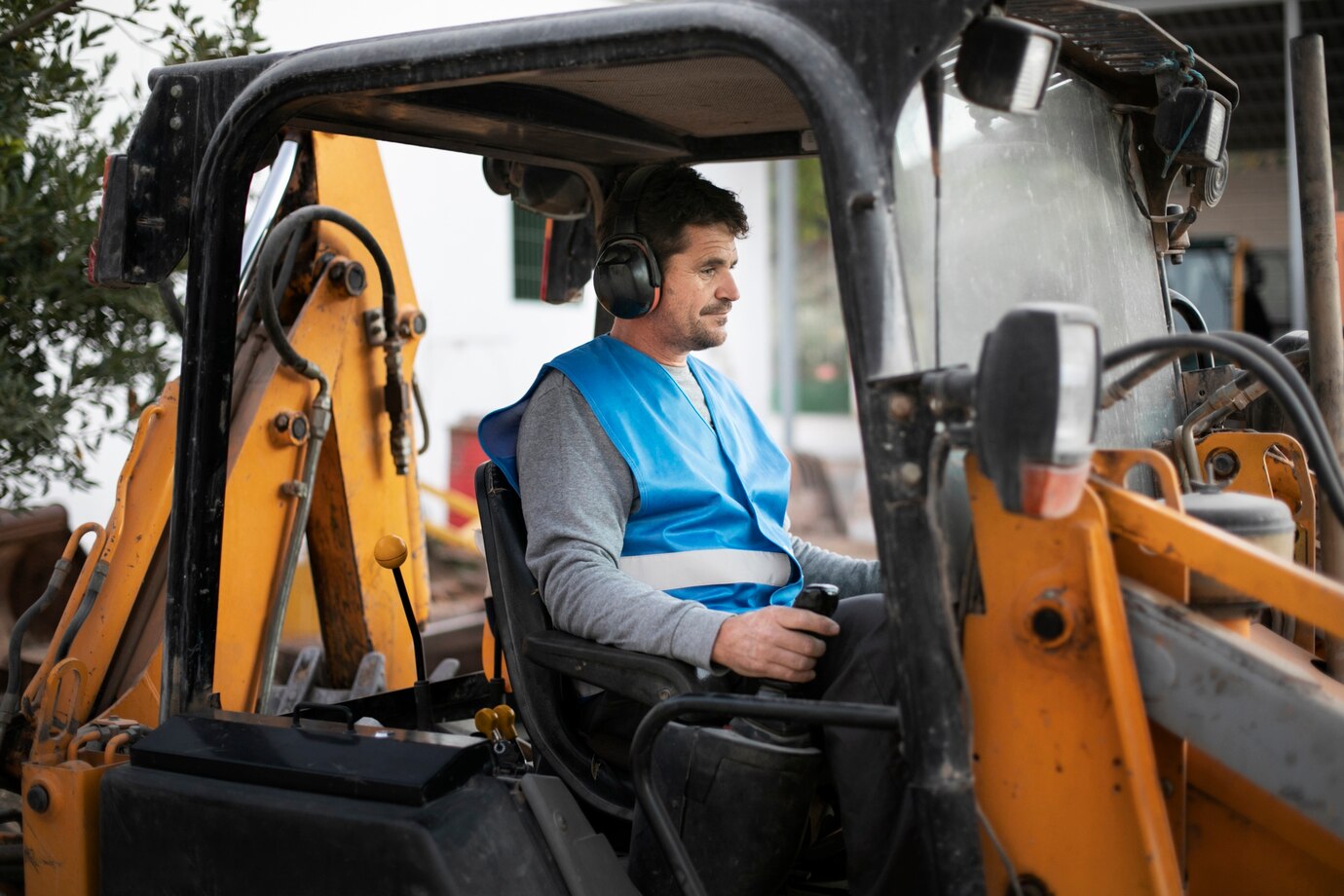
Fall Protection 101 Best Practices for Workplace Safety | April 14, 2025
Fall Protection 101: Best Practices for Workplace Safety
Fall protection is a critical aspect of workplace safety, particularly in industries involving heights. Implementing effective fall protection measures can prevent accidents and save lives. Here are some best practices to consider:
1. Conduct Risk Assessments: Identify potential fall hazards and assess the risks.
2. Choose the Right Equipment: Select suitable fall protection gear, such as harnesses and lanyards.
3. Ensure Proper Training: Train workers on fall protection procedures and equipment usage.
4. Regularly Inspect Equipment: Check gear for damage, wear, and tear.
5. Develop a Fall Protection Plan: Establish procedures for working at heights.
By prioritizing fall protection, employers can reduce the risk of accidents and create a safer work environment. Regular training and consistent communication about safety protocols further reinforce the importance of fall protection. Engaging employees in safety drills and open discussions about potential hazards fosters a culture of vigilance and accountability. It's also vital to encourage workers to report unsafe conditions without fear of reprisal, ensuring that any issues are promptly addressed.
Utilizing technology, such as wearable sensors or mobile apps, can also enhance fall protection strategies by providing real-time data and alerts about potential risks. Embracing these technological advancements not only improves safety measures but also demonstrates a commitment to innovation and continuous improvement.
Ultimately, the goal is to create a proactive safety culture where every team member understands their role in maintaining a secure workplace. By integrating these best practices, companies can safeguard their employees, uphold industry standards, and contribute to a healthier, more productive work environment.





